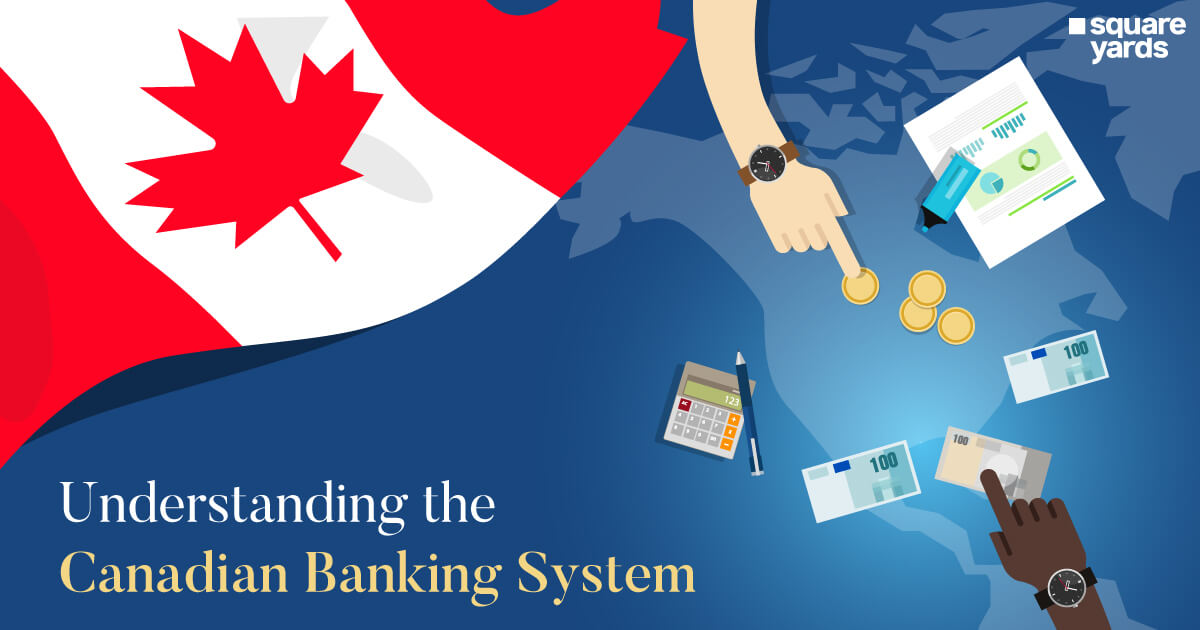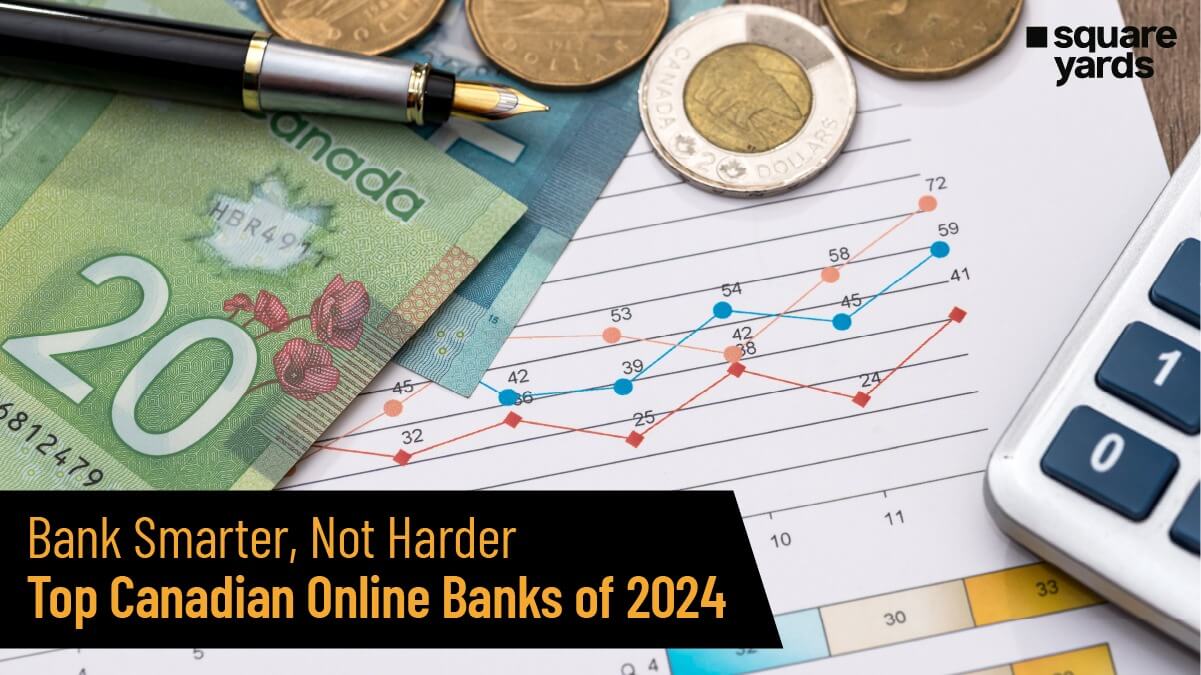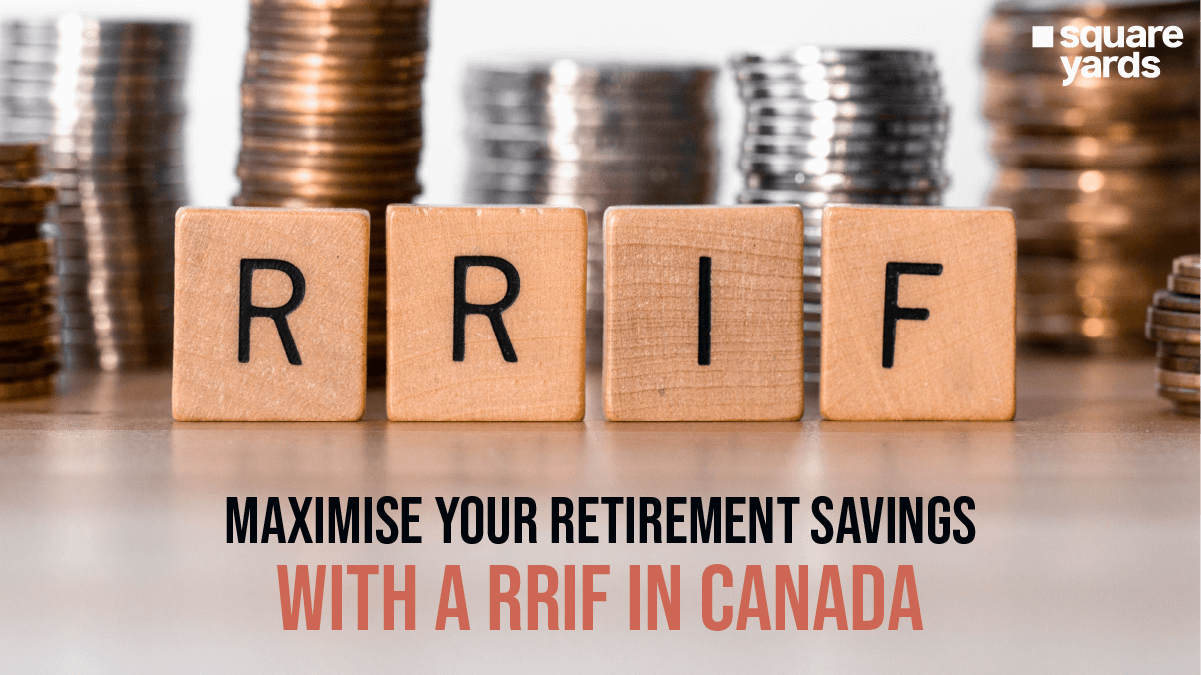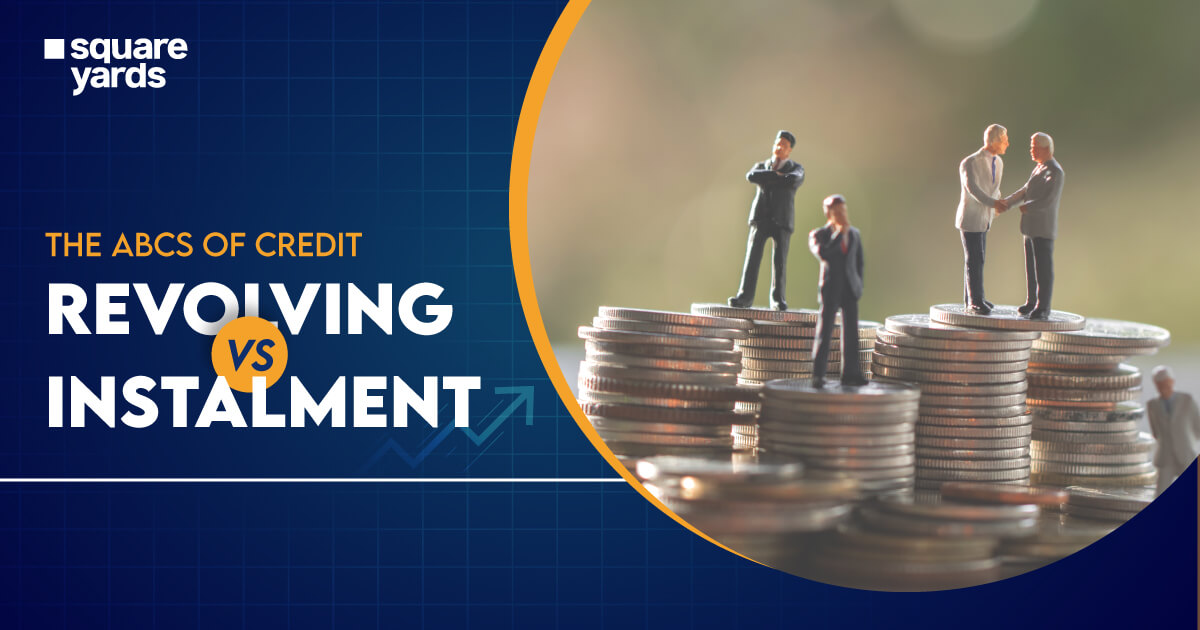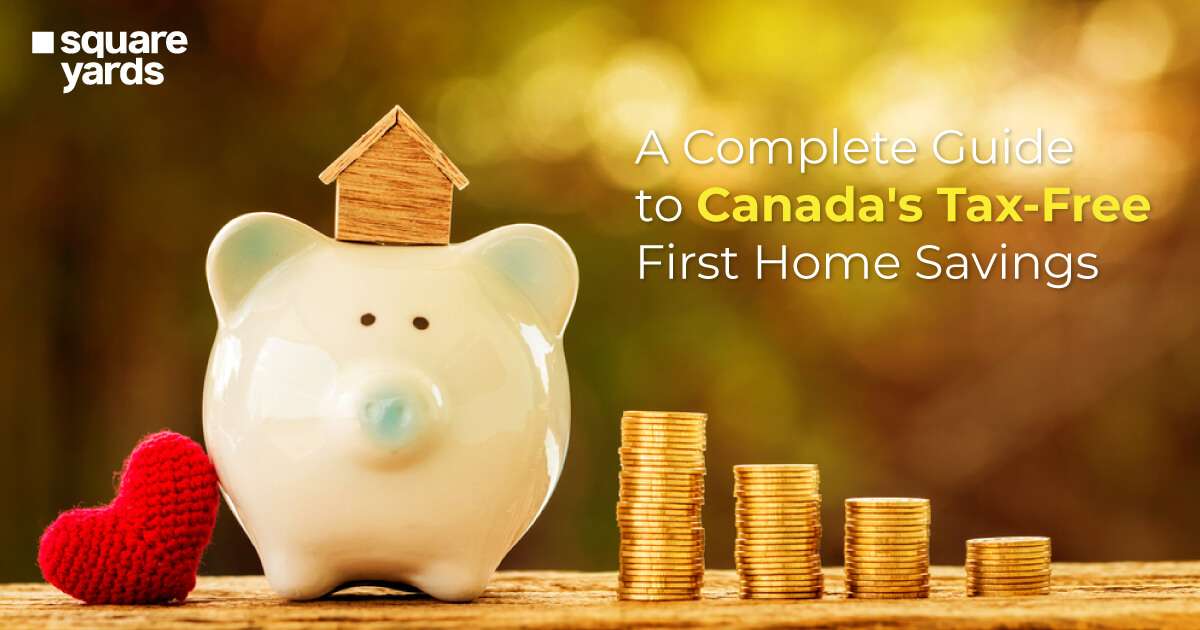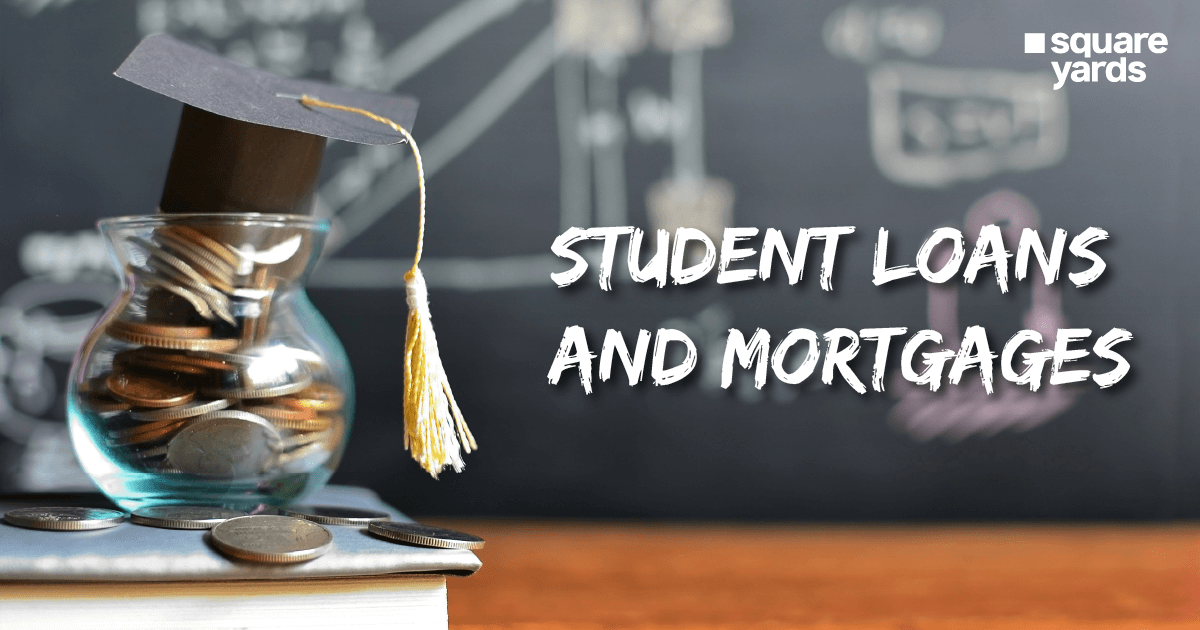The Canadian banking system is one of the most robust banking systems in the world. This comprises different components like banks, financial institutions, etc. If you are planning to visit or move to Canada, having an idea about the banking system would be beneficial.
This guide will help you understand the Canadian banking system and all the elements driving this system.
What is The Canadian Currency?
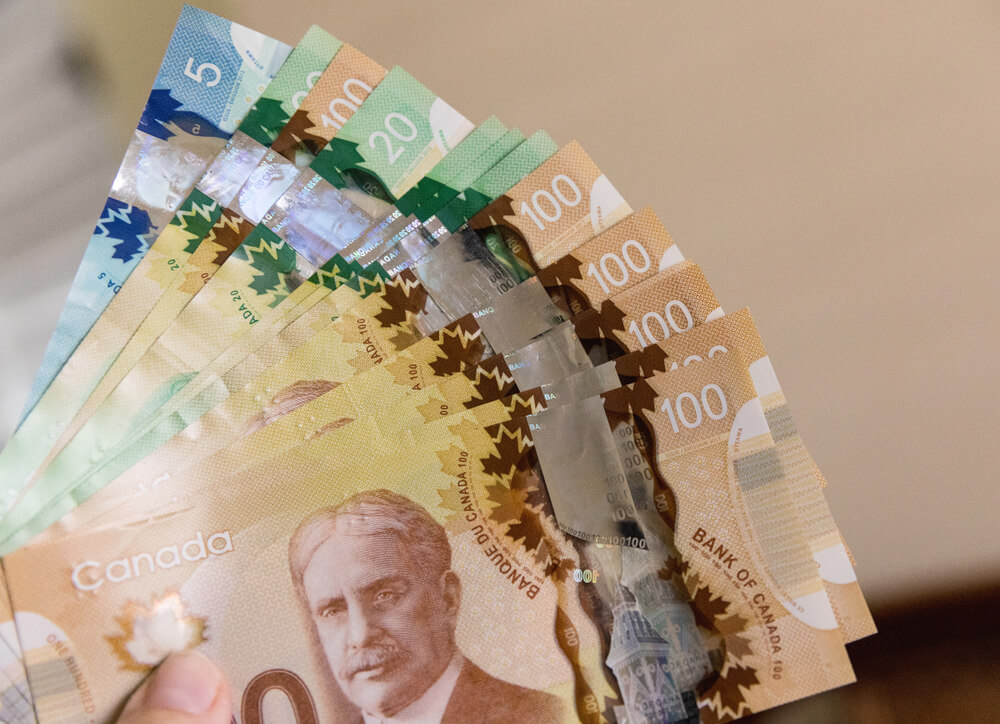
The official currency of Canada is the Canadian Dollar. It is represented by the symbol ‘$’. In some literature, it is also represented as CAD to avoid confusion with the American Dollar. Earlier, the country used the British Pound as its official currency, but it gradually transitioned into the US-linked Canadian Dollar.
Global commodity prices have a significant impact on Canada’s monetary policy as well as the value of the Canadian Dollar. Canada’s economy heavily relies on its natural resources, and as a result, its currency value frequently changes in line with the fluctuations in global commodity prices.
What Do I Need To Know About Bank Accounts?
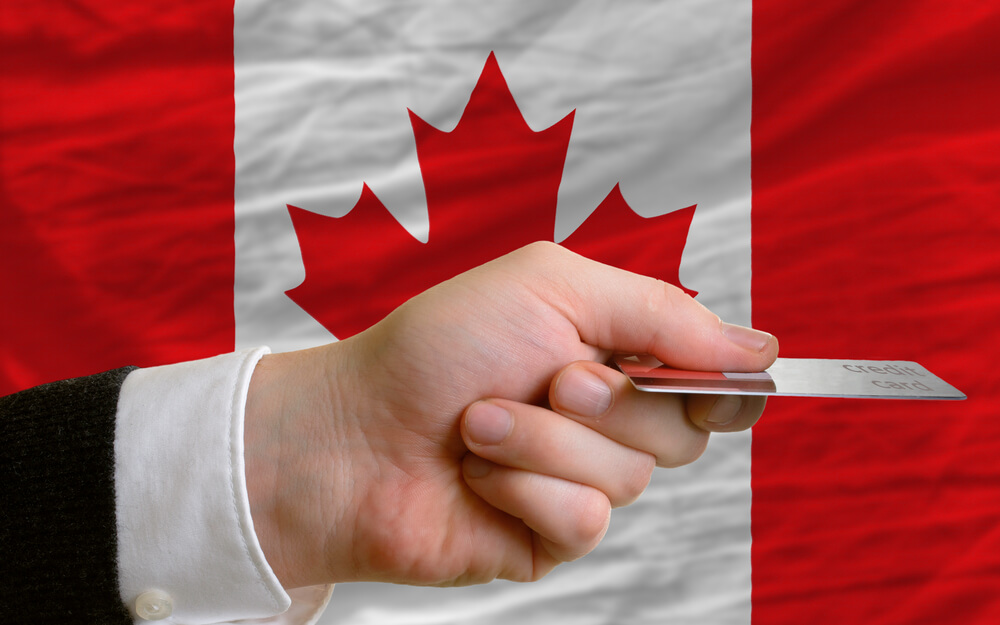
The Canadian banking system enables you to open a bank account in any nationally recognised bank. A bank account provides easy access to your money and allows you to make transactions on the go. Most of these accounts also offer additional services like credit cards, debit cards, chequebooks, etc.
The following section lists the documents required to open a bank account in Canada. These include:
-
- A valid passport.
- A document from Citizenship and Immigration Canada if you are travelling from abroad.
- Documentary proof of your name and address.
- Documentary proof of your date of birth.
You must be 12 years old or more to open a bank account in Canada.
To understand the Canadian banking system further, you need to understand the different types of bank accounts available. There are primarily two bank accounts in Canada: a Chequing Account and a Savings Account.
-
- You can use a chequing account to make all banking transactions, such as deposits, withdrawals, etc. These are designed for your day-to-day banking requirements. However, you may earn very little or no interest using a chequing account.
- The primary purpose of a savings account is to keep the money aside that you don’t need for your day-to-day business. They are not liquid, as they aim to inculcate the habit of saving among Canadian citizens. People who have a financial goal in mind can choose savings accounts.
You must choose the best savings account in Canada that allows you to earn interest and withdraw whenever needed.
What Are The Differences Between a Credit Card and a Debit Card?
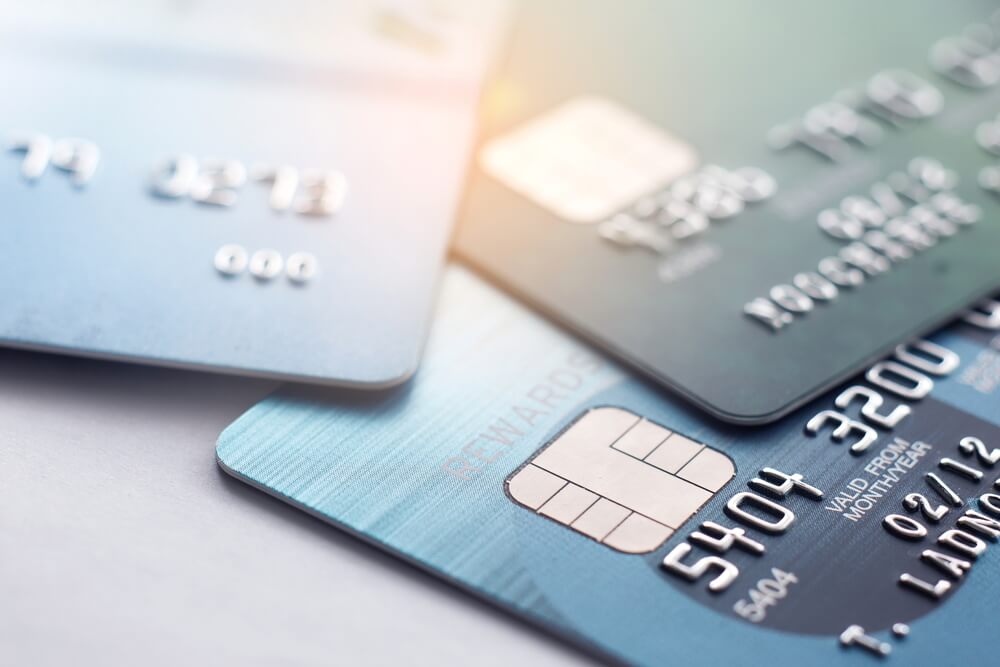
You can access several banking assets when you enter financial banking in Canada. Credit cards and debit cards are a few of the add-ons that come along with your bank account. However, both debit cards and credit cards function differently. The differences between the two have been highlighted below:
-
- A debit card is issued by your bank where you open an account. The card allows you to access the account and withdraw as and when you need money. When you use a debit card to withdraw money, the amount gets deducted from your bank account.
- A credit card allows you to take a short-term loan or easy credit without hassle. It is issued by a financial institution and comes with a credit limit. You must repay the amount you use within the next 45 days or earlier, as your bank decides. You need to make timely payments towards your credit card as it helps you maintain a good credit score. A score between 660 to 724 is considered to be ideal for a Canadian resident.
You can use a credit card to make both online and offline purchases. Additionally, these cards come with fraud protection measures that safeguard you against fraud. A credit card in Canada also comes with insurance coverage, allowing you to build a good credit score. You can apply for a credit card online or contact your bank and fill in the offline application form.
What is a Line of Credit?
You can apply for a credit line at your bank. Following this, you can borrow up to a specific amount, which you must repay with interest. Generally, a line of credit has more affordable interest rates than other loans. A line of credit can be used to start initiatives, respond fast to unanticipated occurrences, capitalise on opportunities, or pay for instalments with higher interest rates.
How Do You Get a Mortgage?

A mortgage is a loan generally used to meet your financial requirements if you are planning to buy a home in Canada. If you want a mortgage, you can reach out to any bank or financial institution that provides mortgage loans. The National Bank of Canada sets a lower limit for interest rates that are charged on the mortgage. However, the final rates will vary across banks and financial institutions. To buy a home in Canada, you need to pay a down payment. The value of the down payment is decided based on the house’s value. Different financial institutions and banks would have varying criteria you must meet to qualify for a mortgage.
What Financial Products Can You Use to Grow Your Savings?
The Canadian Banking System supports the habit of savings and encourages people to save. You can reach out to a financial advisor who will help you decide the best way to plan your savings. Canada has several saving programs which can assist with these savings and financial planning. Some of the financial products that might be beneficial to you would include:
-
- RRSP: This savings plan is designed for people planning to retire. RRSP stands for Registered Retirement Savings Plan, and its primary objective is to fund your retirement. The account allows you to deposit a percentage of your annual income and comes with tax benefits. The best thing about RRSP is that the interest you earn through the account is not taxable.
- TFSA: A tax-free savings account (TFSA) allows you to make annual deposits and withdrawals anytime. You don’t have to pay taxes on your income from these accounts.
- RESP for Children: To pay for your children’s post-secondary education, you should set up a registered education savings plan (RESP). In addition to receiving grants from the federal and Quebec governments, it enables tax-free money savings.
Conclusion
The Canadian banking system is vast as it involves different accounts, financial instruments, banks, etc. The entire system is designed in a way that it covers all your financial and banking needs. The system also allows you to save money by investing in several tax-free savings accounts and plans. Once you open a bank account in any of the largest Canadian banks, you will understand the system much better. You can get in touch with a financial advisor to understand the system and how you can benefit from it.
You May Also Read :
| Non-Resident Canada tax | Investment Account in Canada |
| Banking In Canada | Steps To Manage Banking In Canada |
| Queen Elizabeth on The Canadian currency | All About Canadian currency |
| Real Estate Investment | Real Estate Vs Crypto Currency |
Frequently Asked Question (FAQs)
Does Canada have a good banking system?
More than 99 % of Canadian adults have an account with a financial institution, making Canada one of the countries with the most accessible banking systems in the world.
What are the three types of banks in Canada?
Three types of banks or financial institutions form the core of the Canadian banking system. These include: Deposit-taking institutions Insurance companies Investment institutions
Do debit cards work in Canada right now?
Yes, debit cards are an important source of payment in Canada. You can use a debit card to make online and offline purchases. However, you must keep the debit card details to yourself to avoid financial or identity fraud.
What is the best way to pay in Canada?
The most widely used alternative to cash in Canada is a payment card, such as a credit or debit card, and more people have gotten these cards over time. In Canada, almost everyone has at least one debit card, and around nine out of ten have a credit card.
Can I use my US credit card in Canada?
You can use your US credit card in Canada if the business or the merchant accepts Visa, Mastercard, or American Express.
Is it cheaper to use cash or a card abroad?
There may be a 6% additional charge on converting local currency (cash) to foreign exchange, making it more expensive. Therefore, using a card is preferable.

